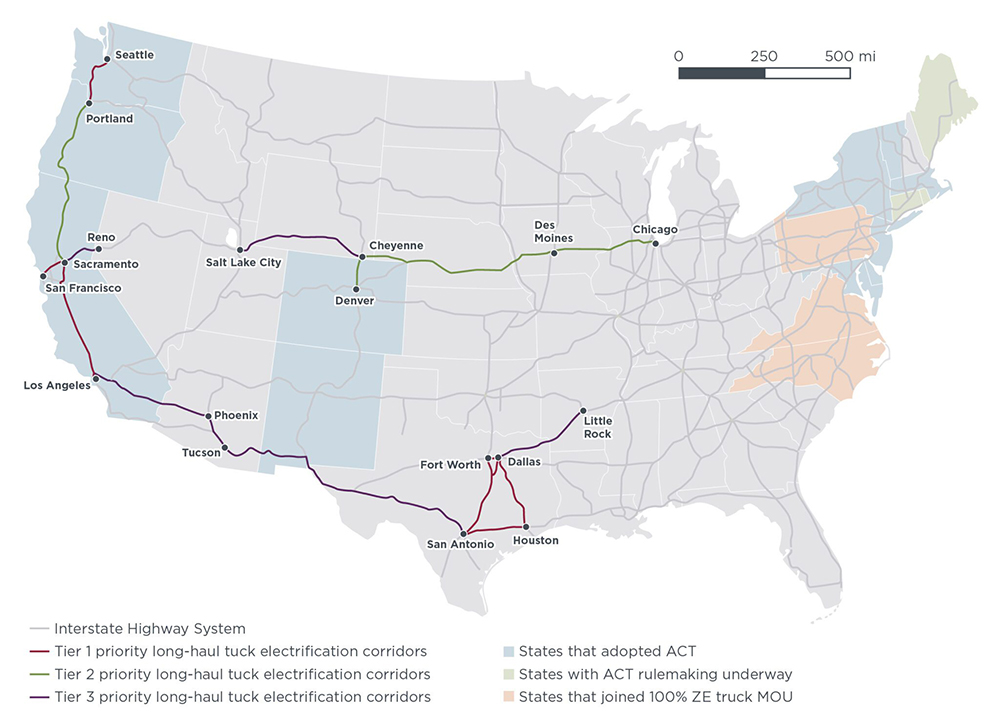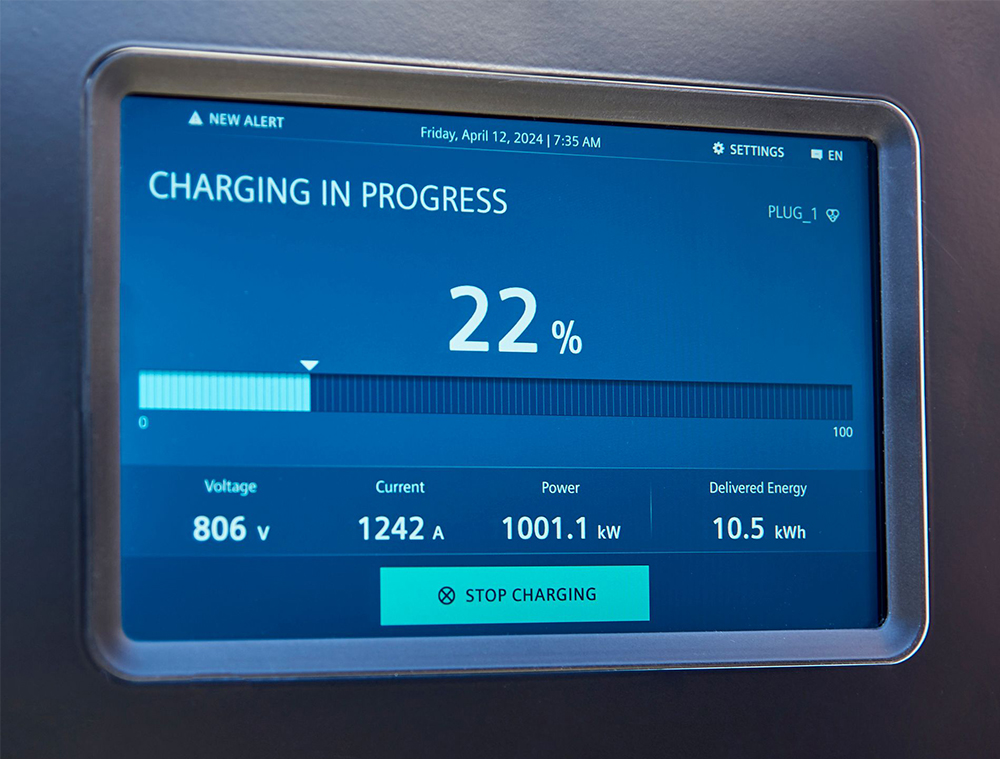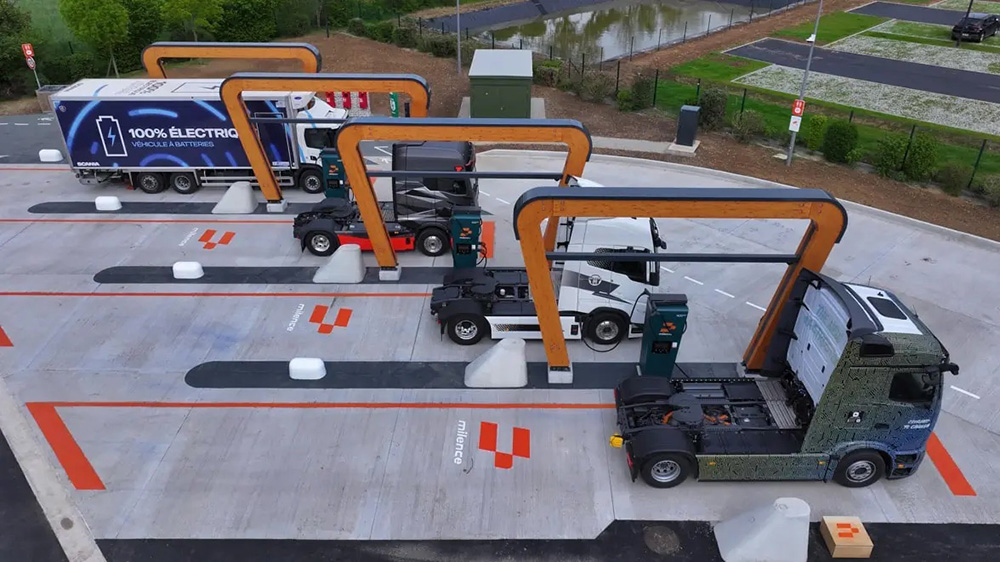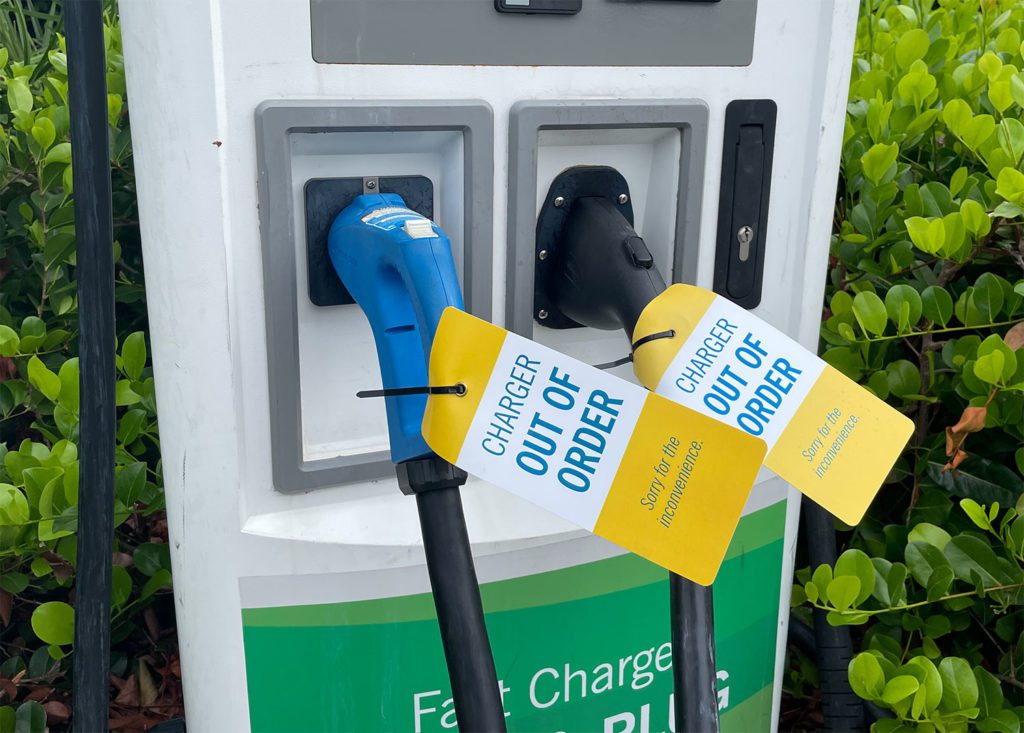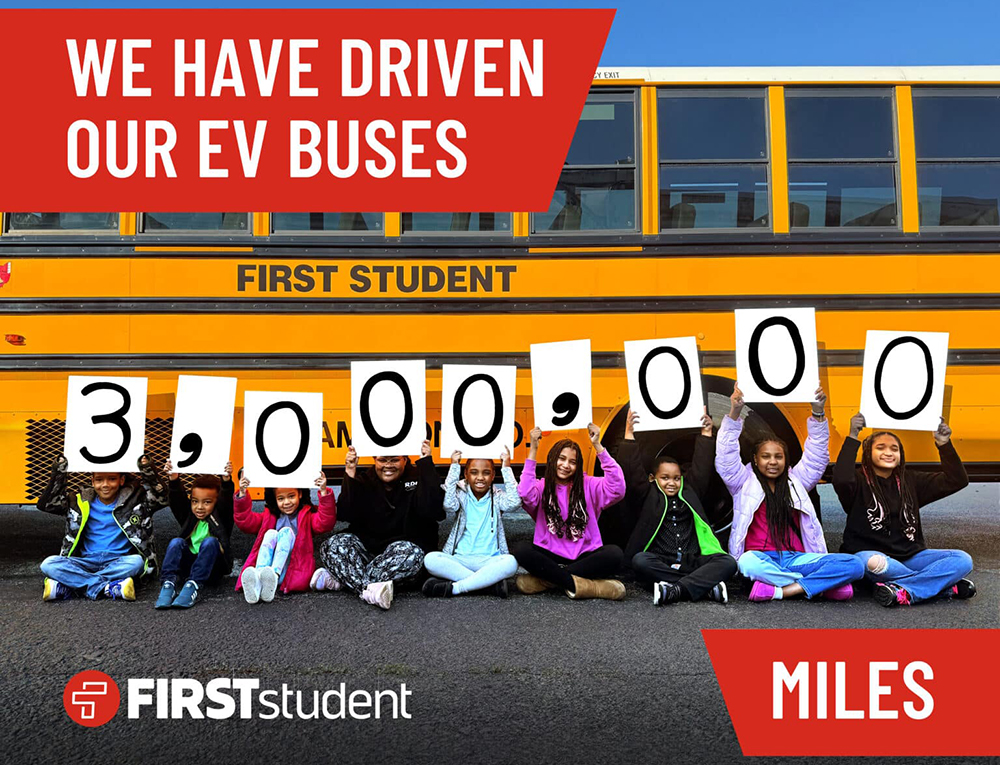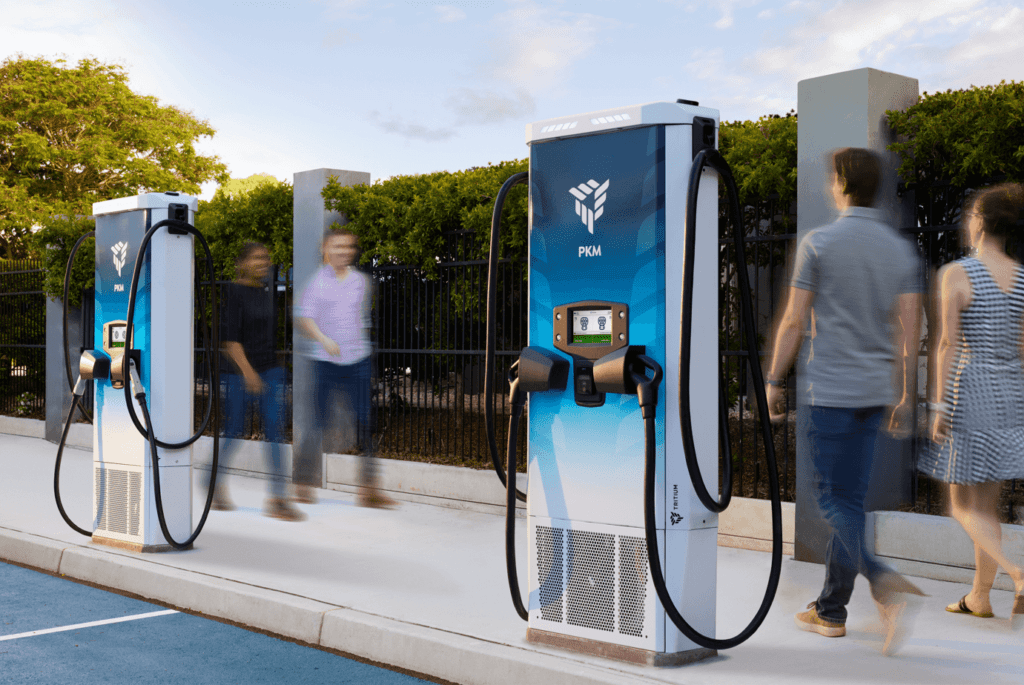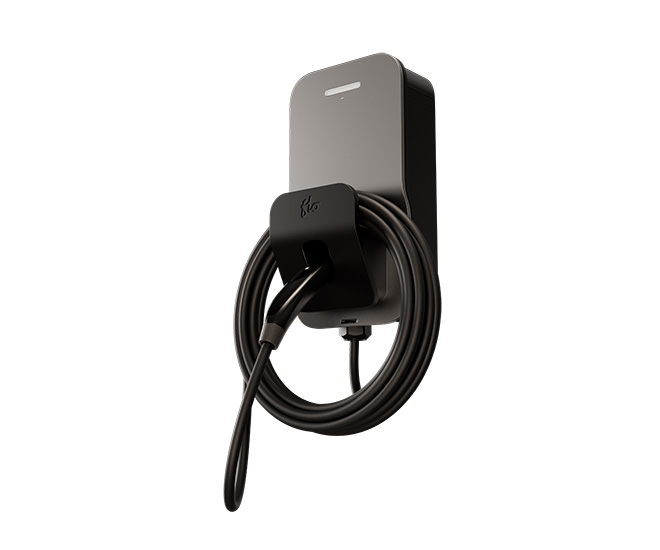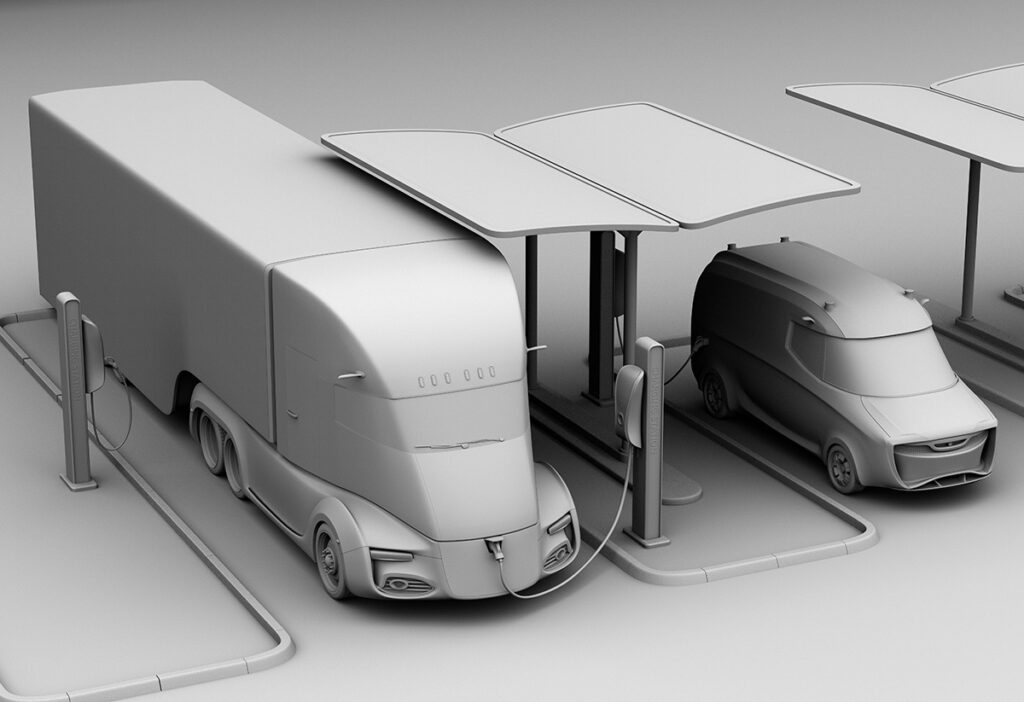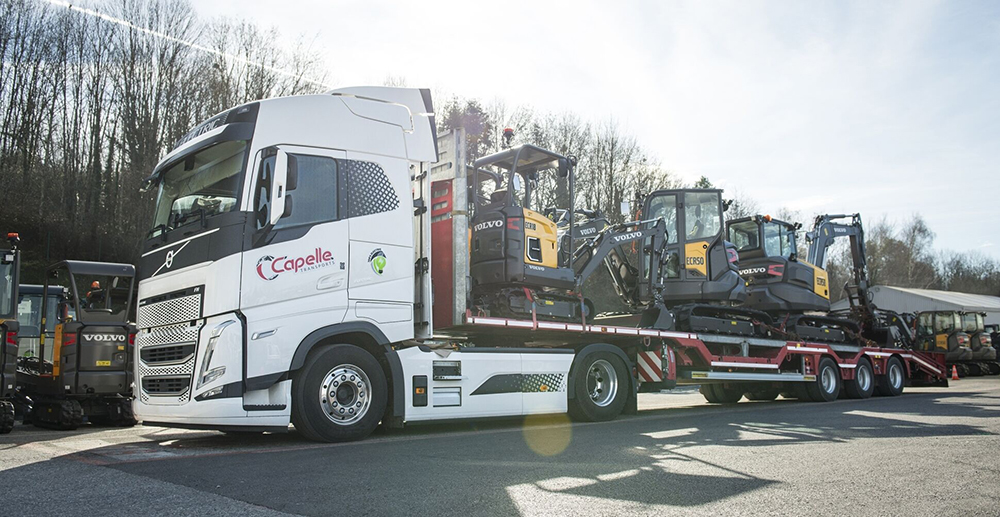A favorite argument of the anti-EV crowd (or perhaps I should say, the crowd that “loves EVs,” but just wants to delay adoption for a decade or two) is a lack of sufficient charging infrastructure.
Recently, truck manufacturers including Volvo and Daimler (big EV fans both) asked the EPA for a three-year delay of the agency’s next round of greenhouse gas standards, which would apply to heavy-duty vehicles beginning in 2027. Their principal argument is that charging infrastructure will not be available to support the number of electric trucks that the new regs would require.
However, a new report from the International Council on Clean Transportation finds that quickly building out sufficient infrastructure is feasible—if planners focus on sites where the need is greatest.
“We don’t need to build everything everywhere, all at once,” write the ICCT’s Yihao Xie and Ray Minjares. “It makes strategic and economic sense in the near term to electrify the largest number of trucks along the smallest number of roadways where the business case is strongest (‘no regrets’ zones and corridors). The assessment we present shows that strategic infrastructure deployment in a limited number of freight hubs and corridors would be enough to ensure the EPA proposal can be met with sales of electric trucks.”
The researchers focused on the infrastructure needs of long-haul trucks. Their goal was to find the smallest number of roads with the highest traffic volume that could support 18 million long-haul electric truck miles (eVMTs) in 2030—equivalent to the estimated electric truck activity catalyzed by the Inflation Reduction Act, and sufficient to meet international climate goals.
To assess the minimum infrastructure needs of these long-haul trucks in 2030, the researchers examined freight traffic patterns, including the ICCT’s own national infrastructure analysis; revisited the infrastructure work of CALSTART and EPRI; and consulted with industry experts to understand which long-haul corridors to prioritize.
The researchers identified 1,800 miles of US roads as Tier 1 corridors, and determined that deploying heavy-duty charging stations along these roads would be enough to align long-haul truck electrification with international climate goals in 2030, assuming that 25% of long-haul truck miles are electric by that date. The Tier 1 roads represent just 0.06% of paved road miles in the United States in 2020, or about 3% of the US National Highway Freight Network.
The researchers considered three different scenarios, and assigned each a Tier of road corridors that would need to be served by charging infrastructure. In the worst-case scenario (lowest number of electric truck-miles), Tiers 1, 2, and 3 corridors would need to be electrified. This would still represent only 0.2% of paved road miles in the US in 2020, or less than 10% of the National Highway Freight Network.
Furthermore, the EPA proposal would require even less infrastructure than the researcher’s Tier 1 scenario. The researchers project that approximately 1,000 total road miles across three corridors in California and Texas would be enough to comply with the EPA proposal.
Of course, heavy-duty charging infrastructure is already being rolled out around the US, by a variety of companies, and there’s no guarantee that charging providers will choose optimal sites. But if the ICCT’s analysis is anywhere close to being accurate, it should be more than feasible to deploy sufficient infrastructure to meet the EPA’s proposed rules.
“Deploying infrastructure in phases and starting strategically in the highest-priority locations would be enough for long-haul trucks in the near term,” says the ICCT. “Our analysis shows that the infrastructure needs of the EPA proposal and of even more ambitious proposals can be met.”



